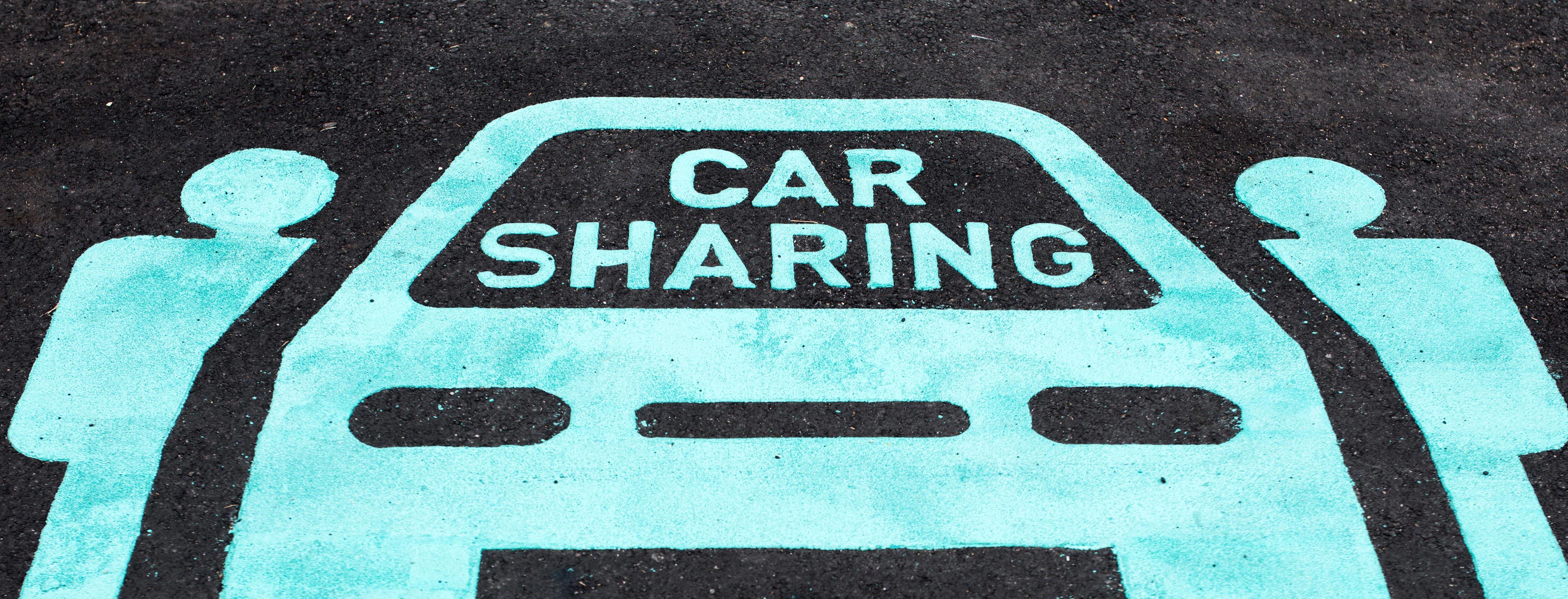In response to shifting preferences and smaller margins, OEMs have been forced to reduce their portfolios. In the past, OEMs established new concepts in each segment. Now, the cannibalization and overlap of vehicle segments is high. Even though automobile sales are remaining stable in many markets, it’s important for OEMs to maintain their market share in the face of strong competition while adjusting to changes in mobility.
Though mobility trends may paint a dire picture for OEMs, there are ways to shore up support for the traditional business of selling cars while evolving to address the mobility market’s future needs. OEMs are rethinking how they approach products and services to protect the core business as long as possible.
On one hand, OEMs know they need to become lean and efficient in their product offerings, and they are determining which products are most valuable for the markets they serve and cutting anything superfluous in this new era. Developing a car can take up to 60 months from the first idea until the start of production. The standard process requires automakers to establish target parameters—weight, velocity, speed, volume, pricing, how many to deliver—and reach them. After production, not much can be changed throughout the vehicle’s seven-year life cycle. However, telematic solutions will support the shift from a hardware-driven customer relationship to one that’s software-driven and integrates the offline and online world.
On the other hand, OEMs are now thinking about how they develop services.Developing a service requires continual adjustments and up-to-date solutions, similar to operating system and app updates. While services require decisionmaking processes to be much faster and leaner, they also provide more direct and frequent access to customers, allowing OEMs to understand their customers better and therefore continually improve their experience.











